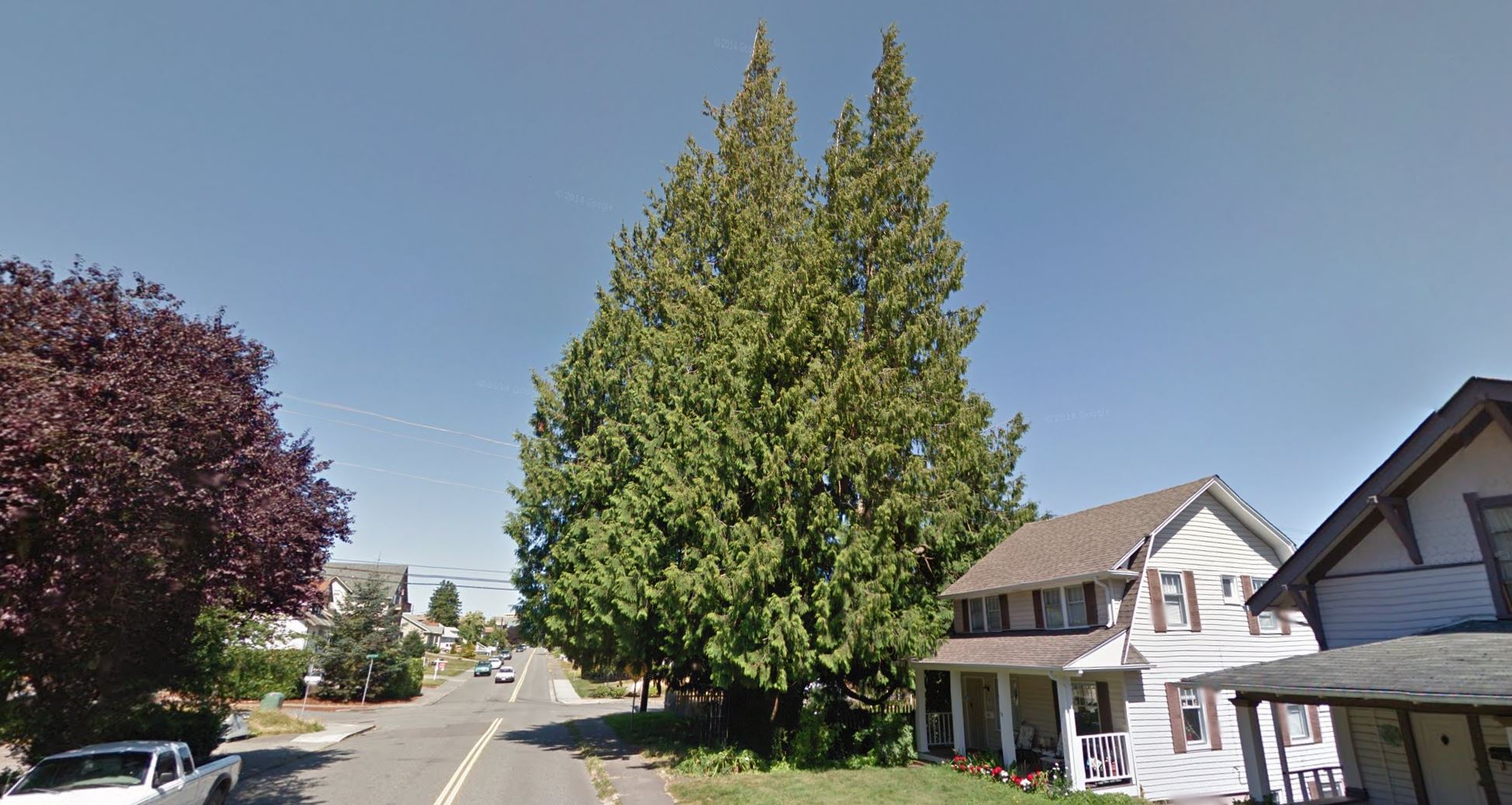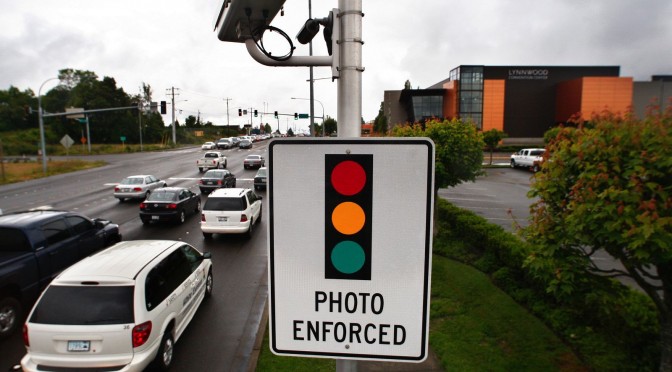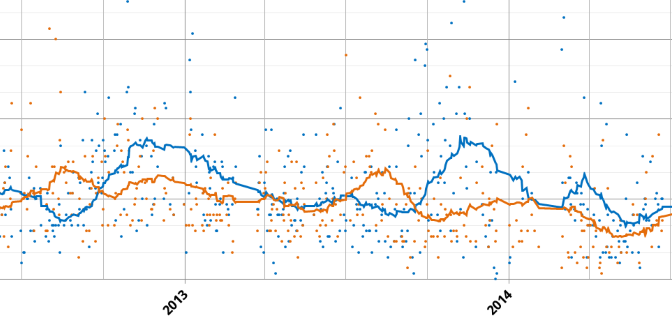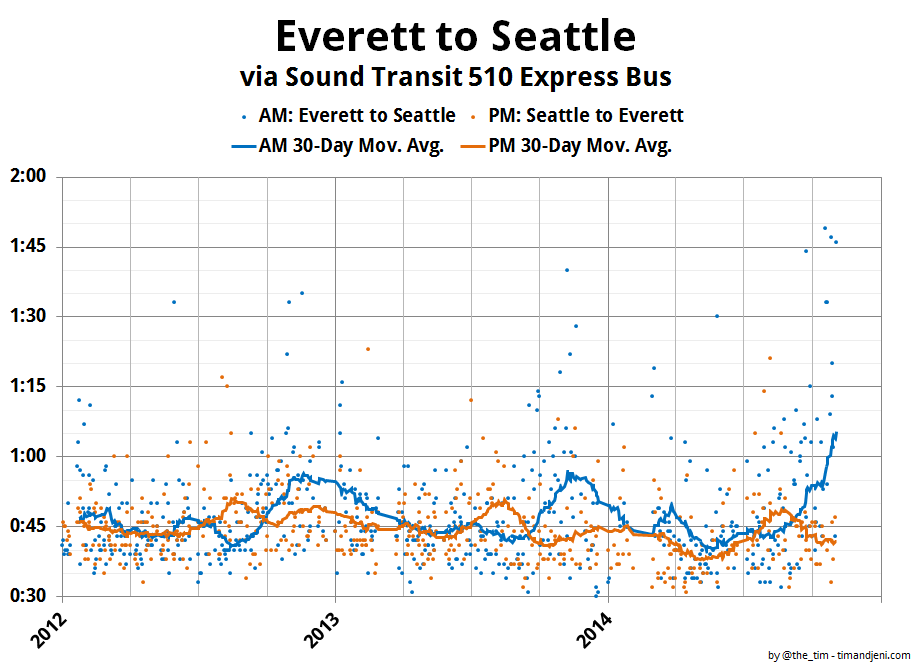I originally shared this story about attempting to return a defective DVD to Target back in 2008 on the personal finance site Get Rich Slowly. However, at some point this year the original post seems to have been deleted by the site’s new owner QuinStreet.
You can still view a copy with all its original comments on the Internet Archive, but I decided to also republish my story here for posterity.
One way our family keeps the entertainment budget slim is by not buying new release DVDs, but waiting to buy movies until they drop below $10.
About a month ago, my wife purchased the DVD movie “Never Been Kissed” for $5.50 from the discount shelf at our local Target. A few weeks after buying it, we tried to watch it, but after trying multiple DVD players it became clear that the disc was defective. On our next trip to Target we brought the DVD and the receipt back to exchange the disc for a working copy.
There were no copies of that movie in stock, so we waited another week and tried again. Unfortunately, this time not only was the movie not in stock, but an employee looked it up and informed us that Target no longer carries that movie at all. (Well, they carry it, but now it’s in one of those double-feature disc sets.)
I figured that this was no big deal, that since they don’t stock it anymore, they would accept a return for cash or store credit for the defective product they sold me.
Wrong.
The employee informed me that Target does not under any circumstances accept returns on DVDs, CDs, or video games. I asked to see the manager, who affirmed the policy and told me that he cannot override it, because of “copyright law.”
I know my rights as they pertain to copyright law, and I know that there is no provision in Federal law or Washington State law that prohibits a retailer from giving a customer their money back for a defective DVD. In fact, I verified with Costco that they are glad to issue refunds for DVDs. (Their return policy contains no exception for disc-based media of any kind. [2015 addendum: I have since successfully returned DVDs to Costco on two occasions. Once a disc was defective, another time two of the three discs were completely missing. Costco staff was friendly and helpful both times, fully refunding my money without question.])
Unfortunately it seems that this “copyright law” excuse is being fed to Target employees from the top. An internet search revealed multiple accounts of similar tales across the country. It’s a store policy — nothing more. I can understand the rationale behind such a policy, but it’s pretty lousy that they give people with an actual defective product the shaft like that.
So, thanks to Target’s lousy DVD return policy, instead of a “cheap” $5.50 movie, we’re now stuck with a rather expensive $5.50 coaster.
The moral of this story is something that seems to be a good deal at the time can be turned into a complete waste of money by a lousy policy and stubborn or poorly trained employees. I’ve learned my lesson that it is important to be familiar with store policies and know your risk when assessing apparent “deals.”
Here are some other pieces I wrote for Get Rich Slowly. Some have been deleted, and others are still live. I don’t know why no one at QuinStreet bothered to mention to me that they were deleting my stories.
- Renting vs. Buying: The Realities of Home-Ownership (deleted)
- Bank of America Demonstrates How to Alienate Potential Customers (deleted)
- Moving? Rent First, Ask Questions Later
- Setting Your Homebuying Priorities – Price, Quality, Location: Pick Any Two
- Gaming Without Breaking the Bank (deleted)
- How Did My Phone Bill Get So High?!? Why You Should Pay Attention to Your Bills











